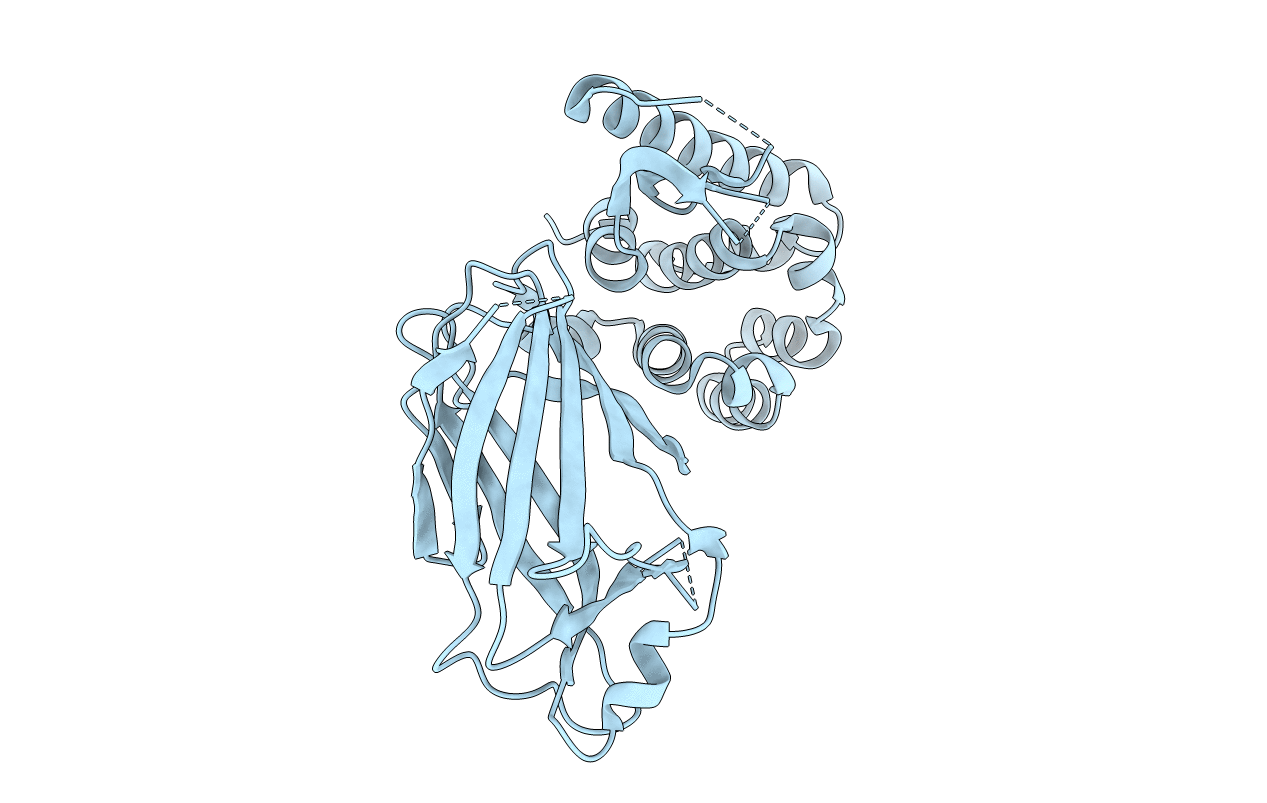
Deposition Date
2020-05-01
Release Date
2021-09-08
Last Version Date
2023-10-18
Entry Detail
PDB ID:
6WSK
Keywords:
Title:
Crystal Structure of the Cannabinoid Receptor 1 Interacting Protein 1a (CRIP1a)
Biological Source:
Source Organism:
Enterobacteria phage T4 (Taxon ID: 10665)
Rattus norvegicus (Taxon ID: 10116)
Rattus norvegicus (Taxon ID: 10116)
Host Organism:
Method Details:
Experimental Method:
Resolution:
1.55 Å
R-Value Free:
0.22
R-Value Work:
0.20
R-Value Observed:
0.20
Space Group:
P 41 21 2


